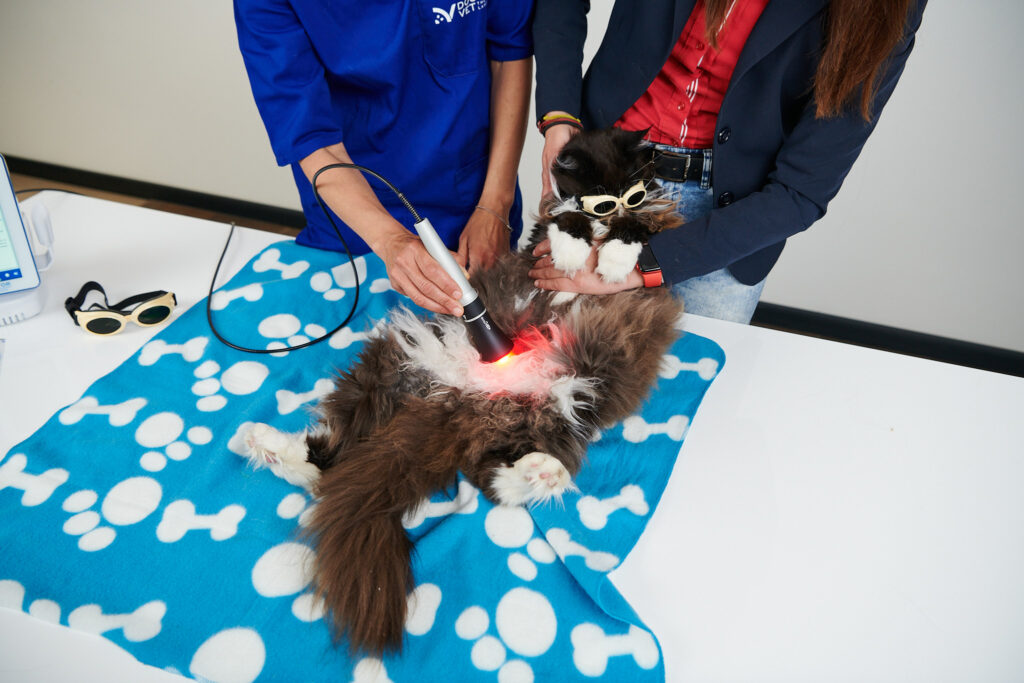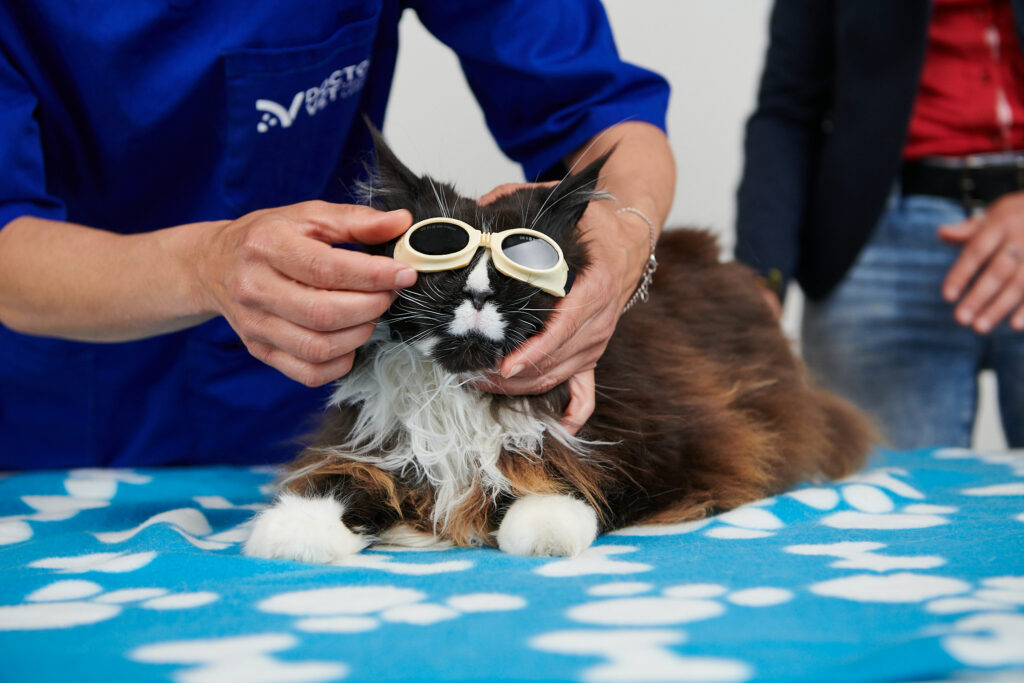Various factors can lead to lower urinary tract disease, including non-obstructive idiopathic cystitis, urinary infection, urinary stones and urethral obstruction (in males).
It may occur in cats of any age, albeit most common in adults with obesity problems, sedentary animals, animals with no access to the outside and with indoor litter trays, and those with a greater predisposition to eating a dry diet. Males present a greater predisposition to urethral obstruction1. Vomiting may be observed sometimes due to vagal stimulation and release of substance P.
The symptoms that present are urinary frequency, dysuria, urinary retention, urinating in inappropriate places, haematuria, excessive licking of the perianal area and changes in behaviour (excessive vocalisation from pain when urinating, aggressiveness)2.
Idiopathic cystitis
This accounts for 60-70% of non-obstructive cases. Although the mechanism is not entirely clear, what happens is that norepinephrine and catecholamine levels increase in stress situations leading to changes in urothelial permeability, activating an inflammation process. This all leads to an increase in permeability and the activation of certain sensory pathways3.
Furthermore, an increase in substance P (pain signal neurotransmitter) causes contraction of the smooth muscles of the bladder and urethra.

Crystalluria and stones
These are the second-most common cause of FLUTD. The most common in feline medicine are oxalate crystals and struvite stones. These crystals can also cause pain in the bladder. Depending on the type of stone in question, surgical extraction may be necessary.
Urethral blockages
These blockages can lead to obstruction, though the presence of crystalluria is not necessary. It is necessary in the case of obstruction.
Infections
Infections are common from the age of 10 years on. X-rays, ultrasounds, urine analysis and urine cultures are essential for diagnosis.
Treatment should seek to resolve the various symptoms, such as reduce the inflammation (through the use of anti-inflammatory drugs), reduce urethral spasms (such as tricyclic antidepressants) and reduce the pain by using analgesics. Antibiotics should be administered in the case of infection, depending on the results from the culture. The correction and improvement of environmental factors is fundamental in cases of idiopathic cystitis.
Seeing is believing!
Book a demo now to learn how DoctorVet works!

In light of the possible symptoms, laser therapy can help the above-mentioned treatments by helping to reduce the pain and control the inflammatory process, enabling the amount of analgesics and anti-inflammatory drugs to be reduced.
DoctorVet can help in this pathology if the patient allows application in the abdominal area using a hand tool in contact mode. If the patient does not allow this, the scanner hand tool can be used in non-contact mode. The scanning technique should be used in both cases.
The pain and inflammation protocols are recommended. In the case of infection, the deep infection protocol can be used. Treatment 3-4 times per week.

Via dell’Impresa, 1
36040 Brendola (VI)
VAT 02558810244
C.R. VI 240226
© Copyright 2016-2021 LAMBDA S.p.A. | Privacy Policy